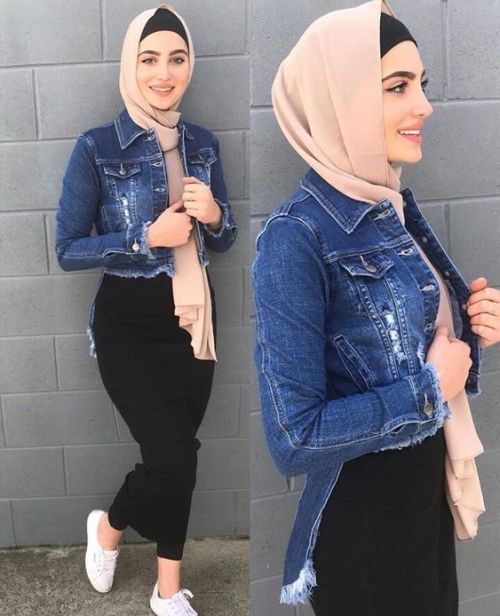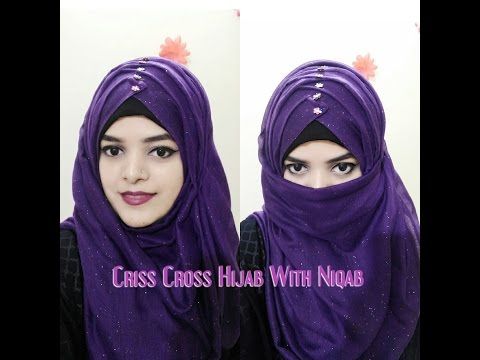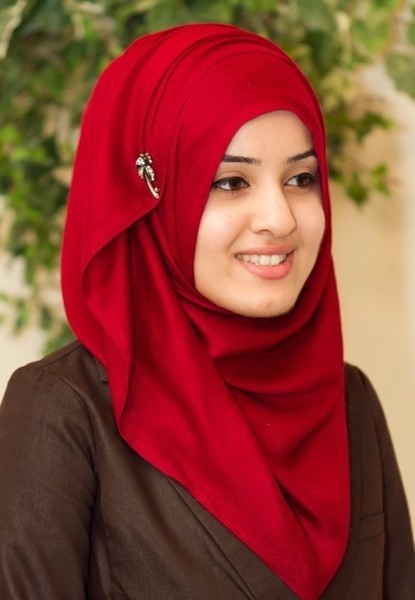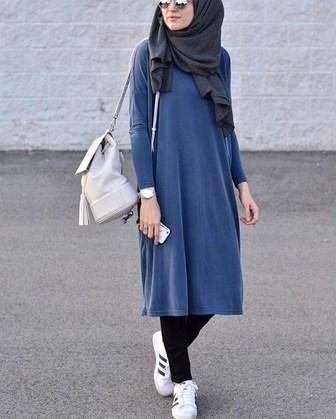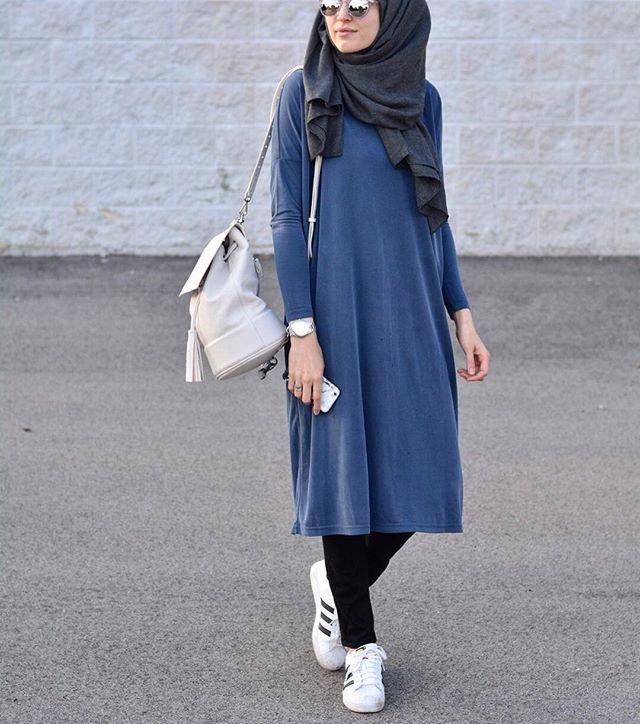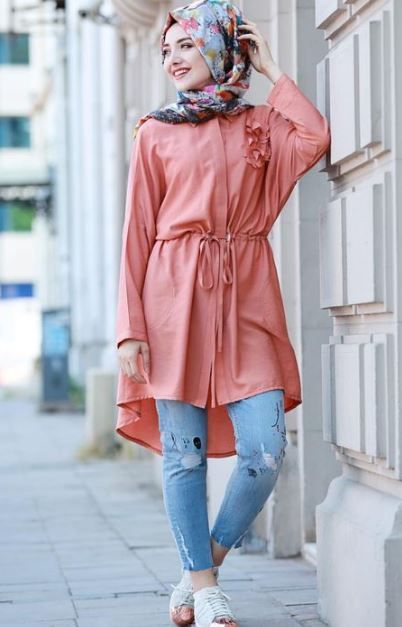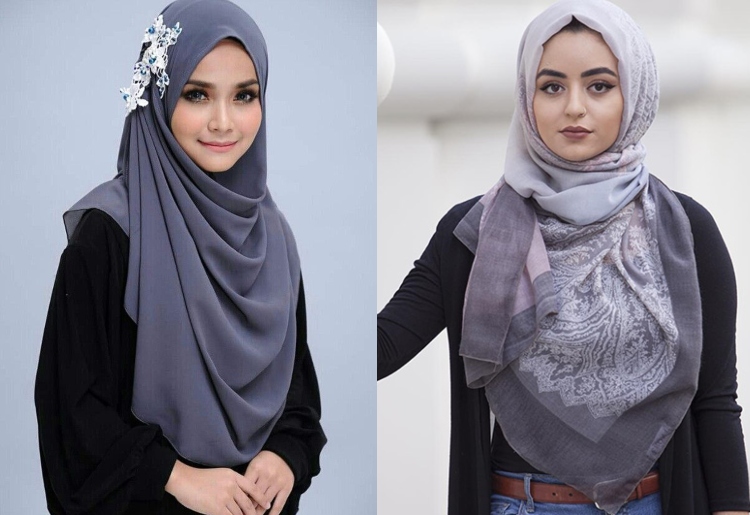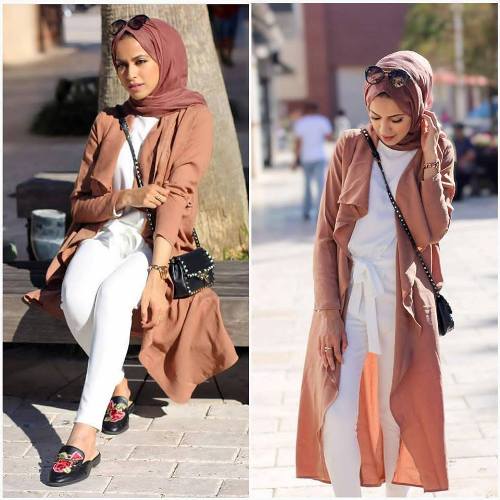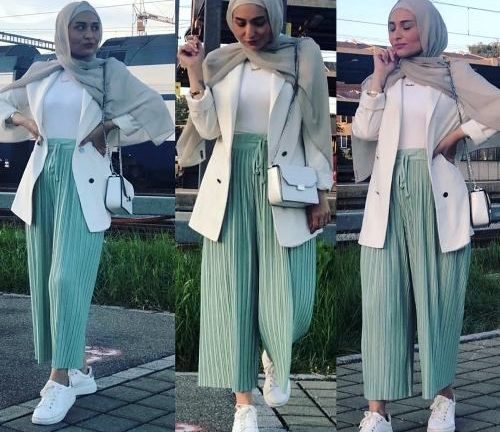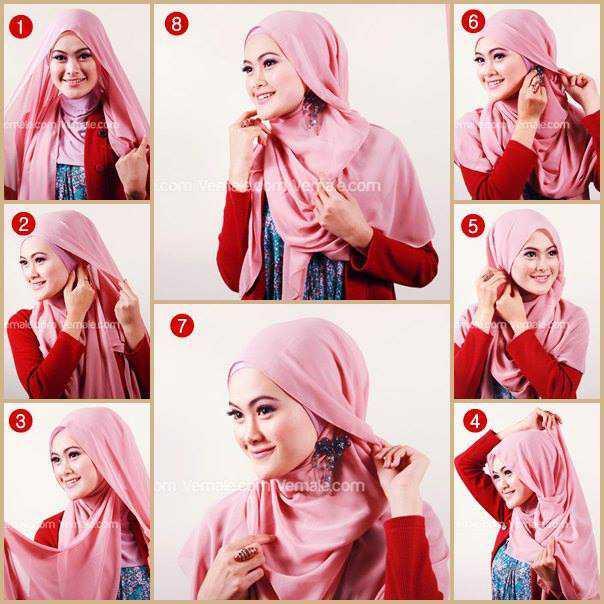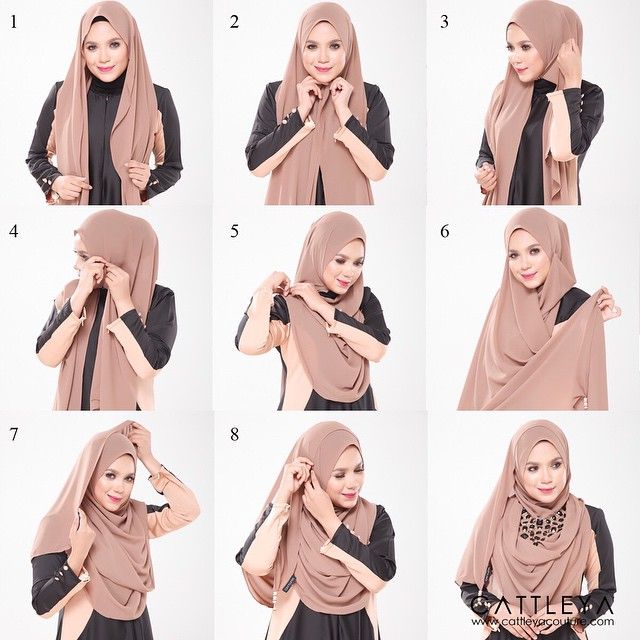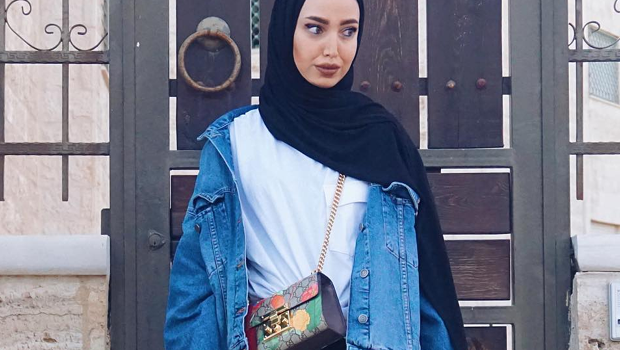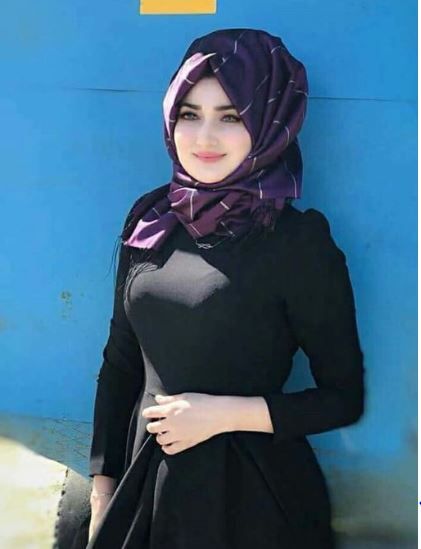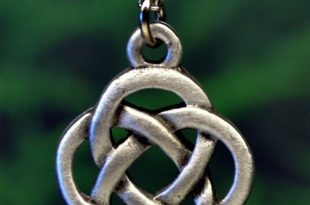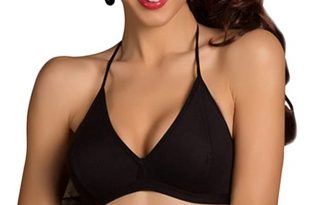The way women dress is often influenced by religion. Countries also have restrictions or guidelines on how a woman should appear in public. The underlining virtue is modesty. In addition to religion, modesty is a virtue that respects the respect it represents in its habit. Society can judge your kind of moral inclination from this personal attitude in public.
The meaning of hijab
In the Islamic religion, the Arabic word hijab means a blanket, a veil or a canvas. It is a style of clothing recommended in the Koran for women to perform in public places.
The traditional culture in Islam
Islam teaches that dressing women is modest, camouflage or privacy, and good morale. This is religiously followed by the faithful arrangement.
The clothing culture is not limited to women, but also includes men who dress for modesty and moral sincerity.
The use of a hijab style is important to women and offers a wide range of styles that are borne by every women's category in some countries, including younger children and adults.
Types of hijab for women
The designs of different styles bring a beautiful view for women in different countries. Make a selection of a hijab style from these:
Al-Amira: This is a two-way veil for women. It is made of polyester or cotton and has a matching, tight fitting cap.
Bukhnuk: This is a hijab that reaches to the bosom. If it's embroidered on the edge, it's called Amira hijab.
Bushiyya: This is a veil that is tied to the forehead and covers the entire face. It is a fabric that is transparent to the eye area.
Eastern Arabia Batula: This is typical of the countries of the Middle East. It's a design that looks like a mask. There is the normal hijab cover and a band-like strip over the eye at the end. However, this is an outdated design that is still used by older women and in rural areas.
 decorhstyle.com fashion and jewellery ideas
decorhstyle.com fashion and jewellery ideas
